Espresso, a staple in the world of coffee, serves as the foundation for numerous popular beverages. Originating from Italy in the early 20th century, this intensely flavorful coffee is made by forcing hot water under high pressure through finely-ground coffee beans. This method extracts rich flavors and aromas, resulting in a concentrated shot of coffee topped with a creamy foam called crema. Espresso acts as the base for a variety of drinks, such as cappuccinos, lattes, macchiatos, and Americanos, each offering unique flavors and textures derived from differing ratios of espresso, milk, and other ingredients.
What is a ristretto?
A ristretto is a very short shot of espresso coffee made with the same amount of coffee grounds as a standard espresso but extracted with about half the amount of water. The result is a more concentrated and flavorful shot that is richer and less bitter than regular espresso.
Ristretto, often considered the more intense cousin of the espresso, takes the concept of concentration a step further. The term “ristretto” is Italian for “restricted,” which aptly describes the brewing method. In making a ristretto, baristas use the same amount of coffee grounds as a regular espresso but halve the amount of water. This process results in a shorter extraction time and a smaller, more concentrated shot. Typically, a ristretto is about 15-20 milliliters, compared to the 30 milliliters of a traditional espresso shot. The result is a richer and more flavorful beverage that highlights the coffee’s deep, nuanced flavors without the bitterness that longer extraction times can produce. This introduction sets the stage to explore the unique attributes, brewing methods, and cultural significance of the ristretto in greater detail throughout the article.
Historical Background of Ristretto

Origin of the Ristretto
The origins of ristretto are intertwined with the history of espresso itself, which emerged in Italy in the early 1900s. The development of the espresso machine by Luigi Bezzera in 1901 revolutionized coffee making by introducing high-pressure brewing, which produced a thicker, more concentrated coffee than traditional methods. The ristretto came about as a variation on the standard espresso, conceived by baristas who aimed to extract the best flavor from the coffee beans while minimizing bitterness. By reducing the water used during extraction, they created a shot that was even more concentrated than regular espresso, catering to those seeking a purer, stronger coffee experience.
Evolution in Brewing Techniques
Over the decades, the techniques for brewing ristretto have evolved alongside advances in espresso machine technology. Initially, making a ristretto required careful manual control of the brewing process, particularly the amount of water pushed through the coffee grounds. As espresso machines became more sophisticated, they incorporated features allowing for more precise control over every aspect of the coffee brewing process, from water temperature to pressure settings. Today, modern espresso machines can be preset to make ristretto, espresso, and other coffee variants, ensuring consistency and quality. Innovations in grinder technology also ensure finer and more consistent grounds, crucial for the perfect ristretto.
Ristretto’s Place in Coffee Culture Across Different Countries
Ristretto has carved out a distinct niche in global coffee culture, though its popularity varies by region. In Italy, it remains a staple for coffee enthusiasts who appreciate its strong, less acidic flavor profile. Outside of Italy, the appreciation for ristretto has grown with the global rise of artisanal coffee culture. In countries like the United States and Australia, it has become a symbol of coffee expertise and sophistication, often featured in specialty coffee shops that emphasize coffee craft and quality. Baristas and coffee aficionados around the world experiment with ristretto to enhance the taste profiles of traditional espresso drinks or to create new, innovative concoctions that cater to refined palates.
Understanding Ristretto
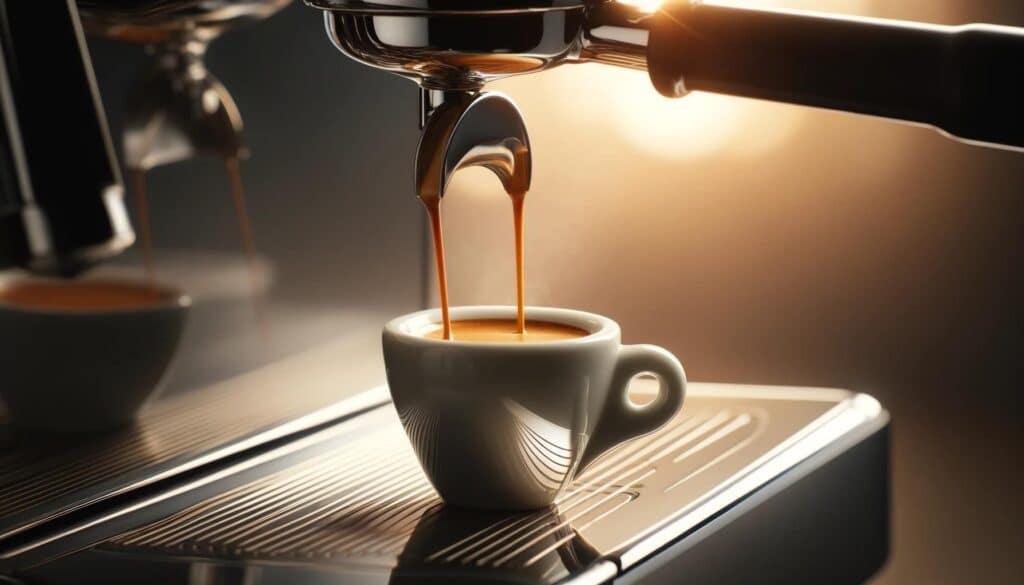
Definition and Characteristics
A ristretto is a short shot of espresso coffee made with the traditional amount of ground coffee but extracted with about half the amount of water. The result is a shot that is typically 15-20 milliliters, significantly smaller than the 30 milliliters of a standard espresso. The key characteristics of a ristretto include a fuller body, richer flavor, and less bitterness compared to regular espresso. It accentuates the coffee’s aromatic qualities while reducing the extraction of bitter compounds, making it a favorite among coffee purists.
Comparison with Standard Espresso Shots
While both ristretto and espresso are made from the same coffee grounds, the key difference lies in their water ratios and extraction times. Espresso uses more water and has a longer extraction time, which leads to a more voluminous shot with a balanced extraction of flavors and bitterness. In contrast, ristretto’s restricted water use and shorter extraction time concentrate the flavors, resulting in a shot that is stronger and more intense, yet smoother on the palate because it minimizes the extraction of bitter compounds.
Brewing Process
The brewing process of ristretto is meticulous, requiring precise control over several variables:
Coffee Bean Selection
The choice of coffee beans is crucial in brewing a good ristretto. Beans with a complex and robust flavor profile are preferred, as the ristretto method highlights the beans’ intrinsic characteristics. Single-origin beans known for their distinctive flavors, such as those from Ethiopia or Colombia, are often favored.
Grind Size and Consistency
For ristretto, the coffee grind should be very fine, similar to table salt. This finer grind helps slow the water flow and increases contact time briefly, which is critical due to the reduced volume of water used. Uniformity in grind size is essential to ensure even extraction and prevent over-extraction, which can lead to bitterness.
Ratio of Coffee to Water
The typical ratio for a ristretto is approximately 1:1 to 1:1.5, meaning one part coffee to one or one and a half parts water. This is about 7-8 grams of coffee for 15-20 milliliters of water. In contrast, a standard espresso might use the same amount of coffee with 30 milliliters of water.
Brewing Time and Pressure
The optimal brewing time for ristretto is about 15-20 seconds, compared to 20-30 seconds for standard espresso. The shorter time prevents over-extraction. Pressure, typically at 9 bar, which is standard for espresso machines, remains constant, but the execution must be precise to achieve the desired flavor concentration and texture.
Understanding these elements and their interaction is vital for anyone looking to master the art of making a perfect ristretto. Each component from bean selection to brewing execution works in harmony to create this uniquely concentrated coffee experience.
How Ristretto Differs from Other Espresso Shots

Comparison with Espresso and Lungo
Ristretto, espresso, and lungo represent three distinct ways to brew coffee using an espresso machine, primarily differentiated by the water ratio and extraction time:
- Espresso is the standard, involving about 18-20 grams of coffee to yield about 30 milliliters of drink over 20-30 seconds.
- Lungo (“long” in Italian) uses the same amount of coffee but twice the water of an espresso, extending the extraction time to about 40-60 seconds, resulting in a larger, more diluted drink.
The ristretto uses the same amount of coffee as espresso but with about half the water (15-20 milliliters), making it shorter and more concentrated, typically extracted over 15-20 seconds.
Flavor Profile Differences
The differing brewing methods result in distinct flavor profiles:
- Ristretto is characterized by a more concentrated flavor, with an emphasis on the sweet and aromatic notes of the coffee. It is perceived as richer and smoother, with less bitterness due to reduced extraction of certain bitter compounds.
- Espresso offers a balanced flavor, with a noticeable acidity and a stronger bitterness compared to ristretto. It presents a complete range of flavors extracted from the coffee.
- Lungo tends to be more bitter and less intense in terms of coffee flavor concentration because the extended extraction pulls out more bitterness from the grounds, alongside more caffeine.
Caffeine Content and Concentration
Despite the common belief, ristretto does not necessarily have less caffeine than espresso; it has less total caffeine per shot due to the smaller volume, but the concentration in the liquid is comparable or slightly higher. Espresso generally contains more caffeine in a single shot due to the larger volume, while lungo contains the most caffeine overall due to the increased water passing through the grounds.
Visual and Taste Distinctions
Visually, ristretto shots are smaller and thicker with a denser crema than espresso, which has a higher volume and a slightly less dense crema. Lungo appears thinner, with a lighter crema due to the longer extraction.
In terms of taste, ristretto is notably less bitter and has a pronounced sweetness that makes it distinctly different from the more balanced espresso and the more diluted, bitter lungo. These differences make ristretto particularly favored among those who enjoy a pure, intense coffee flavor without the harshness that can come from more extended brewing techniques.
Brewing Your Own Ristretto
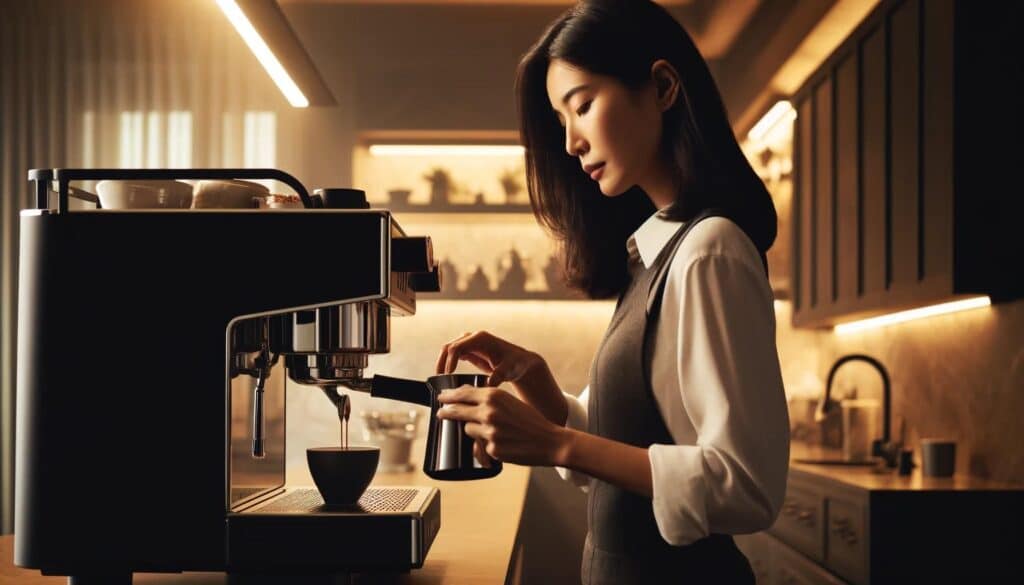
Equipment Needed
To brew a ristretto at home, you will need the following equipment:
- Espresso Machine: A quality machine capable of reaching the necessary pressure (typically 9 bar) and temperature control.
- Coffee Grinder: A burr grinder is recommended for consistent, fine grind size.
- Tamper: To compact the coffee grounds evenly in the portafilter.
- Scale: For accurate measurement of coffee grounds and water.
- Portafilter: Comes with the espresso machine, used to hold the coffee grounds.
- Coffee Beans: High-quality beans, preferably freshly roasted.
Step-by-Step Brewing Guide
- Heat the Equipment: Start by warming up your espresso machine and portafilter. This ensures that the coffee does not cool too rapidly during extraction, which can affect flavor.
- Grind the Coffee: Grind approximately 18-20 grams of coffee to a fine consistency, similar to table salt. The precise amount can vary depending on your machine and bean type.
- Dose and Tamp: Place the ground coffee in the portafilter. Use a tamper to press the grounds evenly. The goal is a smooth, level surface without any cracks or uneven areas.
- Weigh and Time: Position a small cup or shot glass on a scale under the portafilter. Set your machine to extract about 15-20 milliliters of water. Start the shot and time the extraction for about 15-20 seconds.
- Start Brewing: Activate the pump on your espresso machine. Watch as the coffee starts to flow; it should appear as a steady stream, not too fast or dripping. Stop the shot once you’ve reached the desired amount of coffee.
- Evaluate: Look at the crema and taste the ristretto. It should be rich, with a thick layer of crema on top.
Tips for Perfecting the Ristretto at Home
- Fine-Tune the Grind: Adjust the grind size if the coffee flows too quickly or too slowly. A finer grind slows the flow, while a coarser grind speeds it up.
- Experiment with Ratios: While the traditional ratio is about 1:1 or 1:1.5 of coffee to water, slight adjustments can help perfect your preferred flavor profile.
- Maintain Your Equipment: Regular cleaning and maintenance of your espresso machine and grinder ensure consistent quality and flavor extraction.
- Use Fresh Coffee: Freshly roasted beans, ideally used within a month of their roast date, will provide more flavor and a better crema.
- Temperature and Pressure: Ensure your machine is correctly calibrated for temperature and pressure to achieve optimal extraction.
Mastering the art of brewing ristretto at home can take time, but with patience and practice, you can enjoy this rich, intense coffee experience anytime.
The Role of Ristretto in Modern Coffee Drinks

Ristretto has carved out a unique niche in the repertoire of modern coffee shops and aficionados due to its rich flavor profile and aromatic intensity. Its role in various coffee drinks not only showcases its versatility but also enhances the overall beverage experience.
Popular Drinks That Use Ristretto
Several contemporary coffee drinks use ristretto as a base instead of standard espresso to achieve a more intense and flavorful result. Here are some notable examples:
- Flat White: Originally from Australia and New Zealand, the flat white is made with ristretto shots instead of standard espresso to create a stronger coffee flavor that balances beautifully with the velvety microfoam of steamed milk.
- Ristretto Bianco: A luxurious variant of a latte, this drink uses double ristretto shots combined with steamed milk, favored for its strong coffee taste that is both sweet and robust, without the bitterness.
- Cortado: A balanced espresso drink where ristretto is used to complement the equal part of warm milk, highlighting the coffee’s strength and complex flavors amidst the milk’s smoothing effects.
Why Some Baristas Prefer Ristretto for Specific Beverages
Baristas often choose ristretto for certain drinks due to several key advantages:
- Enhanced Flavor Profile: Ristretto shots pull the most aromatic and flavorful elements from coffee beans while minimizing bitterness. This makes them ideal for drinks where a strong coffee presence is desired without overpowering bitterness or acidity.
- Texture and Body: Ristretto shots are thicker and more syrupy than regular espresso shots, which adds a luxurious texture to drinks. This is particularly appealing in milk-based beverages like lattes and flat whites, where the dense, creamy texture of the ristretto blends seamlessly with the milk.
- Customization and Craft: Using ristretto allows baristas to demonstrate their skill and coffee knowledge. The preparation of ristretto requires precise technique and attention to detail, making it a marker of quality craftsmanship in cafes that pride themselves on their coffee.
- Caffeine Balance: While ristretto has a strong flavor, the smaller shot size means that it can be used to modulate the caffeine content of coffee drinks, providing a robust taste without necessarily increasing the caffeine level significantly. This is particularly appealing in multi-shot beverages where flavor intensity is desired without over-caffeination.
The use of ristretto in modern coffee drinks is a testament to the evolving tastes and sophistication of coffee drinkers worldwide. It reflects a broader trend towards customization and quality in the coffee industry, where the distinct characteristics of ristretto can be utilized to elevate the sensory experience of traditional coffee beverages.
Ristretto Around the World

Ristretto has transcended its Italian origins to become a beloved component in the global coffee culture. Each country that embraces it often infuses it with local flavors or adapts it to suit regional coffee-drinking preferences. Here’s how ristretto is enjoyed and varied around the world:
Europe
- Italy: In its homeland, ristretto is often enjoyed as a quick, intense shot of coffee, typically consumed at the bar of a café, sipped quickly alongside a glass of water. It’s appreciated for its deep, concentrated flavor that captures the essence of the coffee bean.
- France: French coffee culture sometimes incorporates ristretto into longer drinks, but it’s also enjoyed as a standalone shot, especially in specialty coffee shops that cater to connoisseurs looking for a potent coffee experience.
North America
- United States: The craft coffee movement in the U.S. has embraced ristretto as a key element in artisanal coffee making. It’s often used in upscale cafés and restaurants to create more flavor-intense versions of popular drinks like lattes and mochas.
- Canada: Similar to the U.S., Canada sees ristretto shots as a base for creative coffee concoctions. Canadian baristas might also blend ristretto with locally produced syrups or spirits to craft signature drinks that reflect regional tastes.
Australia and New Zealand
- Australia: The coffee scene here is highly innovative, often using ristretto as the base for popular drinks like the flat white. Australians appreciate the strong, rich flavor of ristretto, which complements the creamy texture of steamed milk.
- New Zealand: Known for a vibrant coffee culture, New Zealanders utilize ristretto in much the same way as Australians. It’s common in cafés as a way to intensify the coffee flavor in milk-based beverages.
Asia
- Japan: In Japan, coffee is often approached with a meticulous attention to detail, and ristretto fits well into this culture. It is frequently enjoyed in specialty coffee shops and is appreciated for its purity and intensity.
- South Korea: The growing coffee culture here enjoys both traditional and modern interpretations of coffee. Ristretto is often used in specialty drinks and is appreciated for its strong flavor profile, which appeals to a palate accustomed to robust tastes.
Variations and Local Preferences
The variations of how ristretto is consumed often reflect local coffee cultures and the adaptability of this coffee style. For instance:
- In some regions, ristretto is mixed with local spices or added to desserts and pastries.
- Some countries prefer ristretto later in the day as a quick pick-me-up, while others might enjoy it as part of a leisurely morning ritual.
- In colder climates, ristretto might be used more in hot, milk-based drinks, whereas in warmer regions, it could be preferred as a base for cold-brewed coffee cocktails.
Ristretto’s journey across the globe highlights its versatility and ability to meld into various cultural fabrications of coffee enjoyment, offering a universally intense experience that transcends regional boundaries.
Conclusion
Recap of What Makes a Ristretto Unique
Ristretto stands out in the world of coffee due to its concentrated form and intense flavor profile. By using half the water typically used for an espresso but with the same amount of coffee grounds, ristretto offers a shorter, more potent shot that highlights the aromatic and flavorful essences of the coffee bean. This process not only produces a richer and smoother taste but also minimizes the bitterness often associated with longer extraction times. The result is a robust and deeply flavorful coffee experience that is both indulgent and refined.
Its Enduring Popularity in the Coffee Community
The popularity of ristretto within the coffee community is a testament to its unique appeal and the growing sophistication of coffee drinkers worldwide. Coffee enthusiasts cherish ristretto for its pure, intense flavors that provide a quick yet profound coffee experience. Its ability to enhance and intensify the coffee flavor in various drinks—from the flat white to the cortado—makes it a favorite among baristas and patrons alike.
Moreover, ristretto continues to play a significant role in the evolution of coffee culture, adapting to new trends and preferences. As specialty coffee shops flourish and consumers become more knowledgeable about coffee, the demand for quality and craft in coffee preparation grows. Ristretto, with its rich tradition and complex profile, caters perfectly to this trend, serving as both a bridge to coffee’s heritage and a beacon of its future potential.
In essence, ristretto’s enduring popularity is not just about the taste but also about the culture and craft it represents. It embodies the passion for excellence in coffee making, appealing to those who seek to deepen their understanding of coffee and to those who enjoy the ritual and pleasure of a truly exceptional cup.
Frequently Asked Questions About Ristretto
What is a ristretto?
A ristretto is a very short shot of espresso coffee made with the same amount of coffee grounds as a standard espresso but extracted with about half the amount of water. The result is a more concentrated and flavorful shot that is richer and less bitter than regular espresso.
How is ristretto different from espresso?
While both ristretto and espresso use the same amount of coffee grounds, ristretto uses less water and has a shorter extraction time, leading to a smaller, more concentrated shot. This results in a richer flavor and thicker body, with less bitterness compared to a standard espresso shot.
Why do some people prefer ristretto?
Many coffee enthusiasts prefer ristretto because it offers a more intense and flavorful coffee experience. It highlights the aromatic and sweet notes of the coffee beans while minimizing bitterness, making it particularly appealing to those who enjoy a strong, yet smooth coffee flavor.
Can any coffee machine make a ristretto?
Most modern espresso machines are capable of making ristretto, as it generally requires the ability to control the volume of water used in the shot. However, achieving the perfect ristretto also depends on other factors like the grind size, coffee quality, and the barista’s skill in tamping and timing the shot.
What drinks can be made using ristretto?
Ristretto can be used as a base for various coffee drinks where a strong coffee flavor is desired. Popular examples include the flat white, cortado, and ristretto bianco. These beverages benefit from the intense and rich flavor profile of ristretto, balancing well with milk or other additives.
Is ristretto stronger than espresso in terms of caffeine content?
In terms of caffeine concentration, ristretto can be stronger than espresso due to its more concentrated form, but the total caffeine content is often similar or slightly less because the overall volume of a ristretto shot is smaller than that of an espresso shot.
How do I order a ristretto at a coffee shop?
You can simply ask for a ristretto instead of an espresso when ordering at a coffee shop. Keep in mind that not all coffee shops may offer ristretto, as it requires specific knowledge and equipment settings, so it’s more commonly found in specialty coffee shops.
Can I make ristretto at home?
Yes, you can make ristretto at home if you have an espresso machine. The key is to use a fine grind, dose correctly, tamp evenly, and adjust your machine to extract about 15-20 milliliters of water through the coffee grounds in about 15-20 seconds. It may take some experimentation to perfect your technique, but the results can be very rewarding.
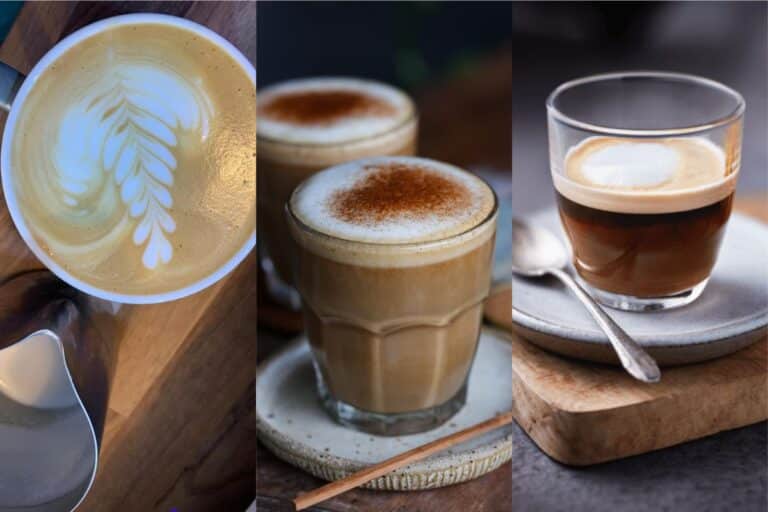

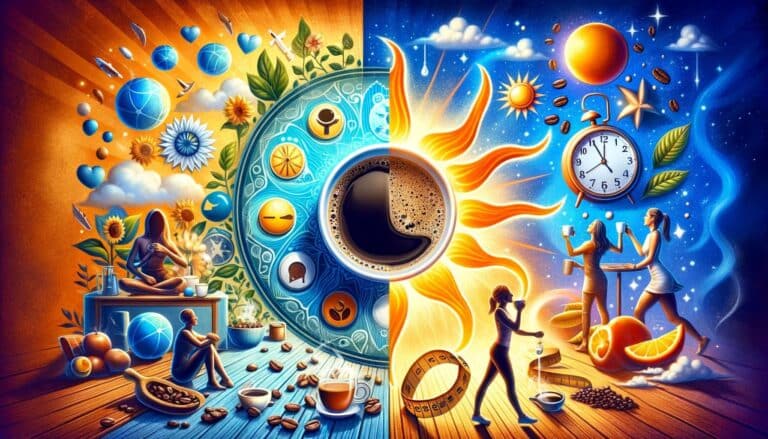
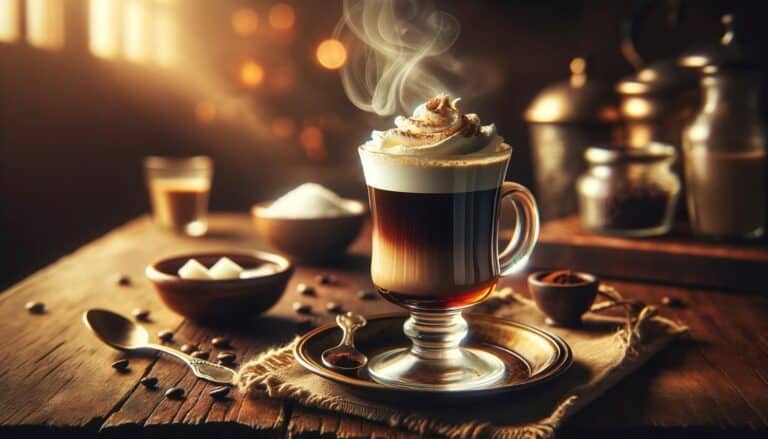

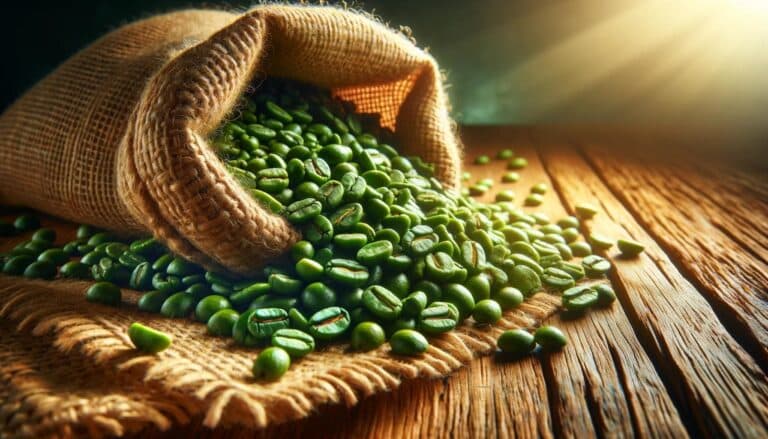

4 thoughts on “What is a Ristretto?”
The article provides a clear and concise explanation of ristretto, detailing its rich, concentrated flavor and how it differs from other espresso shots. The article effectively covers the brewing process, emphasizing the importance of grind size, water ratio, and extraction time, making it easy for readers to understand the nuances of this coffee style.
Additionally, the article touches on ristretto’s cultural significance and its growing popularity in global coffee culture, especially in countries like Italy and Australia. It also offers practical tips for brewing ristretto at home, making it a valuable read for anyone looking to enhance their coffee-making skills. Overall, it’s an informative and well-written guide for both beginners and coffee aficionados.
Informative!
Ristretto is a wonderful option for those who enjoy a more concentrated and flavorful coffee experience without the bitterness of a longer extraction. Its rich and smooth taste brings out the best aromatic qualities of the coffee beans, making it a favorite among purists. For anyone looking to elevate their coffee game, ristretto offers a perfect balance of intensity and refinement.
The explanation of what makes a ristretto unique is so thorough and well-written! I really appreciate how the article breaks down its origins, brewing process, and even the differences compared to espresso and lungo. The tips for making a ristretto at home are especially helpful for anyone looking to elevate their coffee game. It’s clear, engaging, and packed with practical advice—perfect for both coffee novices and aficionados!